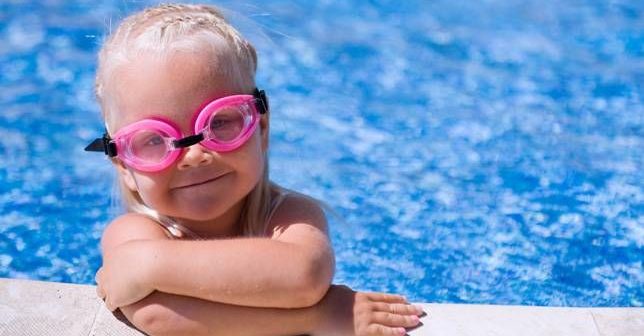Summer with those lovely long, hot days but sometimes it can be just too hot. When the temperature starts to climb. Extreme heat can be dangerous for all children, especially for infants and young children.Heat illnesses include heat stroke, heat exhaustion, heat fainting, heat edema (swelling of the hands, feet and ankles), heat rash (prickly heat) and heat cramps (muscle cramps). They are mainly caused by over-exposure to heat or over-exertion in the heat, and if not prevented, can lead to long-term health problems and even death.
Stay alert for symptoms of heat illness.
They include:
- changes in behaviour (sleepiness or temper tantrums);
- dizziness or fainting;
- nausea or vomiting;
- headache;
- rapid breathing and heartbeat;
- extreme thirst; and
- decreased urination with unusually dark yellow urine.
If you see any of these signs during extreme heat, immediately move the child to a cool place and give liquids. Water is best. If you are breastfeeding your child, breast milk will provide adequate hydration, but remember to keep yourself hydrated so you can produce a sufficient amount of milk.
One of the biggest dangers to children in hot weather is dehydration. Thirst is not an accurate measure of how much a person actually needs to drink, and kids rarely know just how much fluid they actually need.
To avoid dehydration during hot weather, follow these tips when caring for your children:
- Make sure kids are fully hydrated before they go outside.
- When playing actively outside in hot weather, kids should be encouraged to drink regularly, every twenty to thirty minutes.
- Don’t let kids stay out too long. Limit exposure between 11 a.m. and 3 p.m. when the sun is at it’s peak.
- Protect skin with a sunblock of SPF15 or higher, and reapply often.
- Dress children in light-colored cotton clothing that is loose fitting.
Their health can be seriously affected by heat exhaustion and sunburn. Help keep baby safe, healthy and happy by following these tips:
Damp blankets and cloths
If your child likes to snuggle a comfort blanket, dampen it with cold water before giving it to them. Children can play outside with their blanket and use it on their cheeks to cool them down.
Get the paddling pool out
You’ve probably already had the paddling pool out to keep the kids entertained. It provides hours of family fun, but playing in the paddling pool is also a great way of keeping babies and children cool.
Milk ice lollies and frozen food pouches
If your baby is breastfed, mums are encouraged to feed more during hot weather. It can be hot for both mum and baby to feed in the heat, so consider making a breast-milk ice lolly to keep baby cool and hydrated. You can also freeze a food pouch before giving it to your child.
Give them a cool bath
After a busy day playing, give your babies and young children a cool bath before bed to wash off the sun cream and cool them down. A luke-warm bath or one slightly cooler than usual can help calm baby before bed, ready for a good night’s sleep. Make it a quick bath though, so that they don’t get too chilly.
Remember the suncream
Cover exposed parts of your child’s skin with sunscreen, even on cloudy or days. Use one that has a sun protection factor (SPF) of 15 or above and is effective against UVA and UVB. Don’t forget to apply it to their shoulders, nose, ears, cheeks, and the tops of their feet. Reapply often throughout the day and after towelling.
Keep an eye on the temperature
A nursery thermometer will help you monitor the temperature of your baby’s room. Children will sleep most comfortably when their room is between 16c (61f) and 20c (68f).
Never leave your child in a car.
Heat exhaustion and heat stroke can occur rapidly in enclosed vehicles. Never leave your child unattended in a car. Children’s thermo regulatory systems warm three to five times faster than an adult’s.Always check to make sure all children leave the vehicle when you reach your destination. Don’t overlook sleeping infants.
Keep your home cool.
- If you have an air conditioner with a thermostat, keep it set to the highest setting that is comfortable (somewhere between 22°C/72°F and 26°C/79°F), which will reduce your energy costs and provide needed relief. If you are using a window air conditioner, cool only one room where you can go for heat relief.
- Prepare meals that don’t need to be cooked in your oven.
- Block the sun by closing awnings, curtains or blinds during the day.
- If safe, open your windows at night to let cooler air into your home.
Sources:


